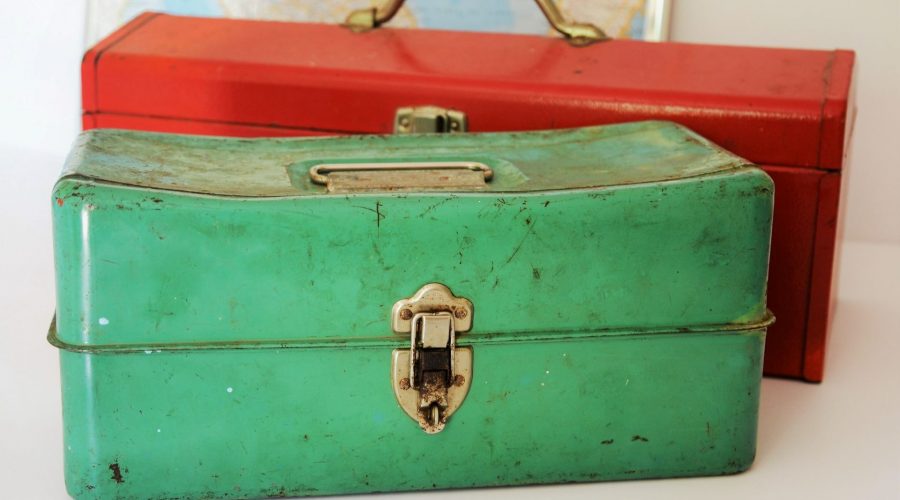
As a responsible homeowner, your life is not always easy! You need to take care of everything, from housekeeping to plumbing. You can call a professional plumber, but there are some plumbing problems that you can try fixing yourself through small DIY projects. Here are 7 useful tips for your DIY home plumbing activities:
1. Make sure you have around relevant tools for your DYI plumbing projects:
- A plunger to unclog drains, sinks, or toilets.
- Drain snake for deeper clogs.
- A pipe wrench to disassemble the piping under the sink and clean the clog and debris by hand.
- Plumber’s tape for a quick fix of a leaking fixture.
- A set of hex keys to tighten small nuts and bolts.
- A small brush to scrub mineral deposits on appliances such as a clogged showerhead.
2. Locate the water shutoff valve
For any project you start, your first concern should be flood prevention. Learn where the main switch to turn off the water is, and check how it works. Usually, this is located in the kitchen or bathroom, and sometimes it might be outside of the house.
3. Learn how to test your water pressure
The water pressure speaks about the general conditions of your pipes. For instance, clogs or leaky faucets are associated with lower water pressure. If you don’t have one, buy a pressure gauge from any hardware or home improvement store. Attach the gauge to your garden hose bib. Turn the hose bib on, and get the readings. You should worry if the pressure is lower than 30 psi or higher than 80 psi. In that case, call a plumber!
4. Be prepared to unclog a toilet
Most often, toilet paper or something else obstructs the flushing. Take your plunger or the drain snake and plunge. The pressure should clear the pipe and get your issue fixed!
5. Try to fix a running toilet
Inside the tank, a toilet has a flushing mechanism, a plastic float, and an arm that enables the tank to refill. When the toilet does not stop running, you might need to replace the flushing mechanism or the plastic float.
6. Get ready to repair a leaky faucet
Check your water pressure meter first, and increase the water pressure, if it’s too low. If the faucet is still leaking, then the problem is the fixture itself. Use plumber’s tape or replace the broken part with a new one from your local hardware store.
7. Clean regularly the showerhead
Pour some vinegar into a plastic bag, then put the bag around the showerhead and seal it with a rubber band. Let is sit overnight. In the morning, use a small brush to scrub the minerals deposits and other debris.
When you detect a plumbing issue that cannot be a DIY project anymore, seek help from a professional plumber!
We are here 24/7!


